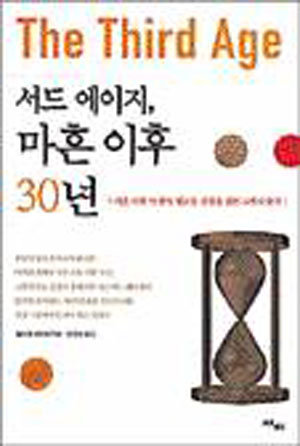Life After 40

Life after 40 is not a descent from the prime of life. It is important to try to think one is not going downhill on the already-made path of life, but taking off creatively and beautifully to another stage of life.
The author defines life after 40 as the third age that comes after the first age for learning and the second one in twenties and thirties for forming a family and realizing oneself in society.
In the third age, the author says, we should discard our obsession with safety and try to find another prime of life to the thumping sound from inside instead of abandoning ourselves to a petty life. Life without stress comes with death. In the book, we are advised to find and use the unexplored in ourselves to leap forward in this age for flying.
When we get aged, we feel like we are being automatically operated by a remote control. We feel safe in the continuance of our past. And we find our identity in it. In other words, we are stuck in the mental models, habits and roles that led us in our past life.
However, post-forty is the very time to fight against the old scenario. Ones identity flows. Psychologist Erik Erikson pointed out appropriately that ones identity formation is an on-going process.
Defining oneself anew continuously means the evolution of identity. In this sense, freeing ourselves from our past is the foremost thing to do after 40.
To make the third age creative, the author presents five more principles in addition to the successful evolution of identity, including balancing between self-love and care for others, harmony between work and leisure, and harmony between serious reflections on ones life and bold actions. What is interesting is that all the six principles include harmony and balance as key words. The spirit of the middle path determines maturity in this age.
The third age is the time to realize our dream by putting into action our dream of creative life. We nod when the author tells us that dreaming and working hard to realize it is life. We also agree with him that what is tragic is not failing to realize ones dream, but not dreaming at all or failing to struggle to realize ones dream.
We applaud when the author says, I dream not of achieving something right now, but of continuing what I started. I believe that the future will provide the best age for those who have learned how to balance the act of dreaming and overcoming themselves.
To sum up, what matters is self-revolution in middle age based on the awareness that I am a co-creator of my life. Change and innovation are also necessary even for aging.







